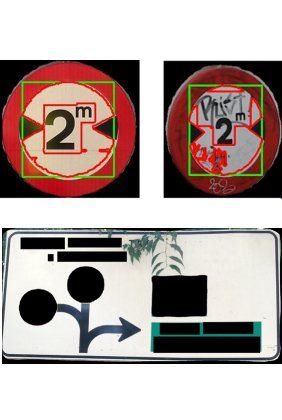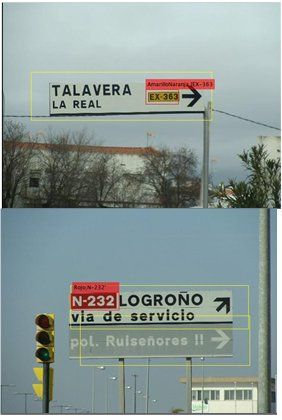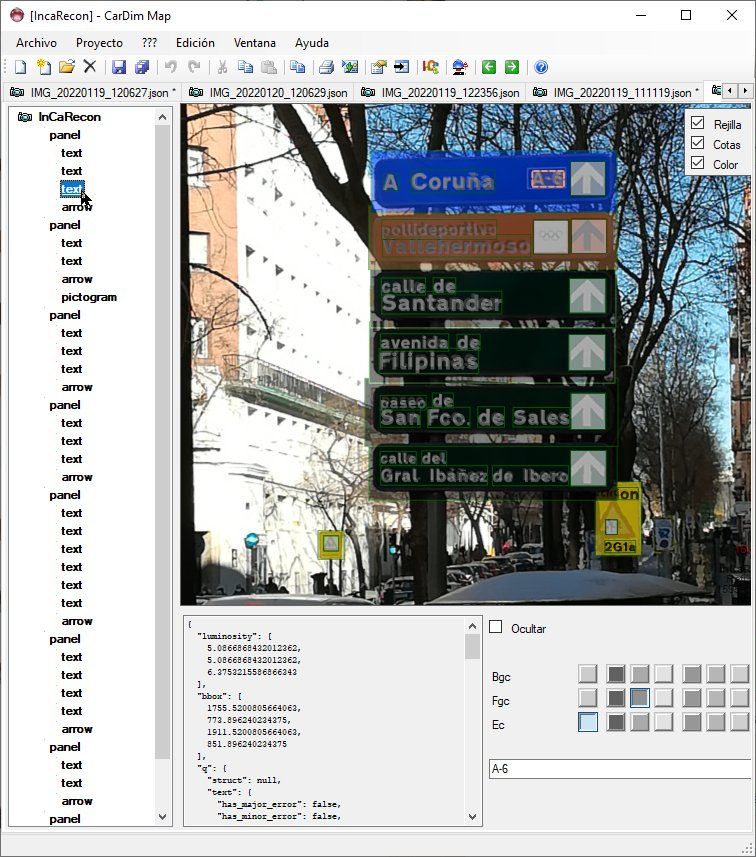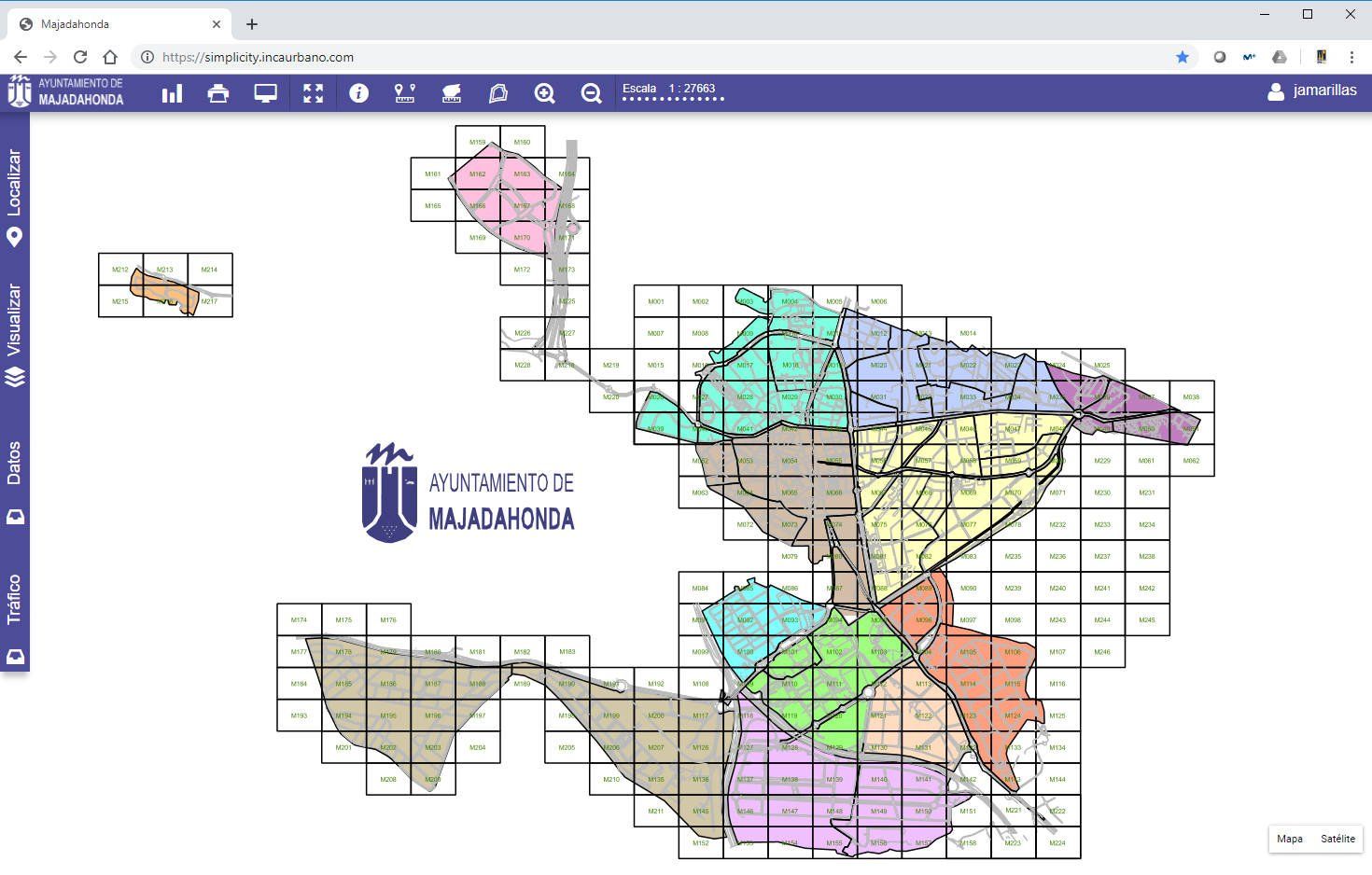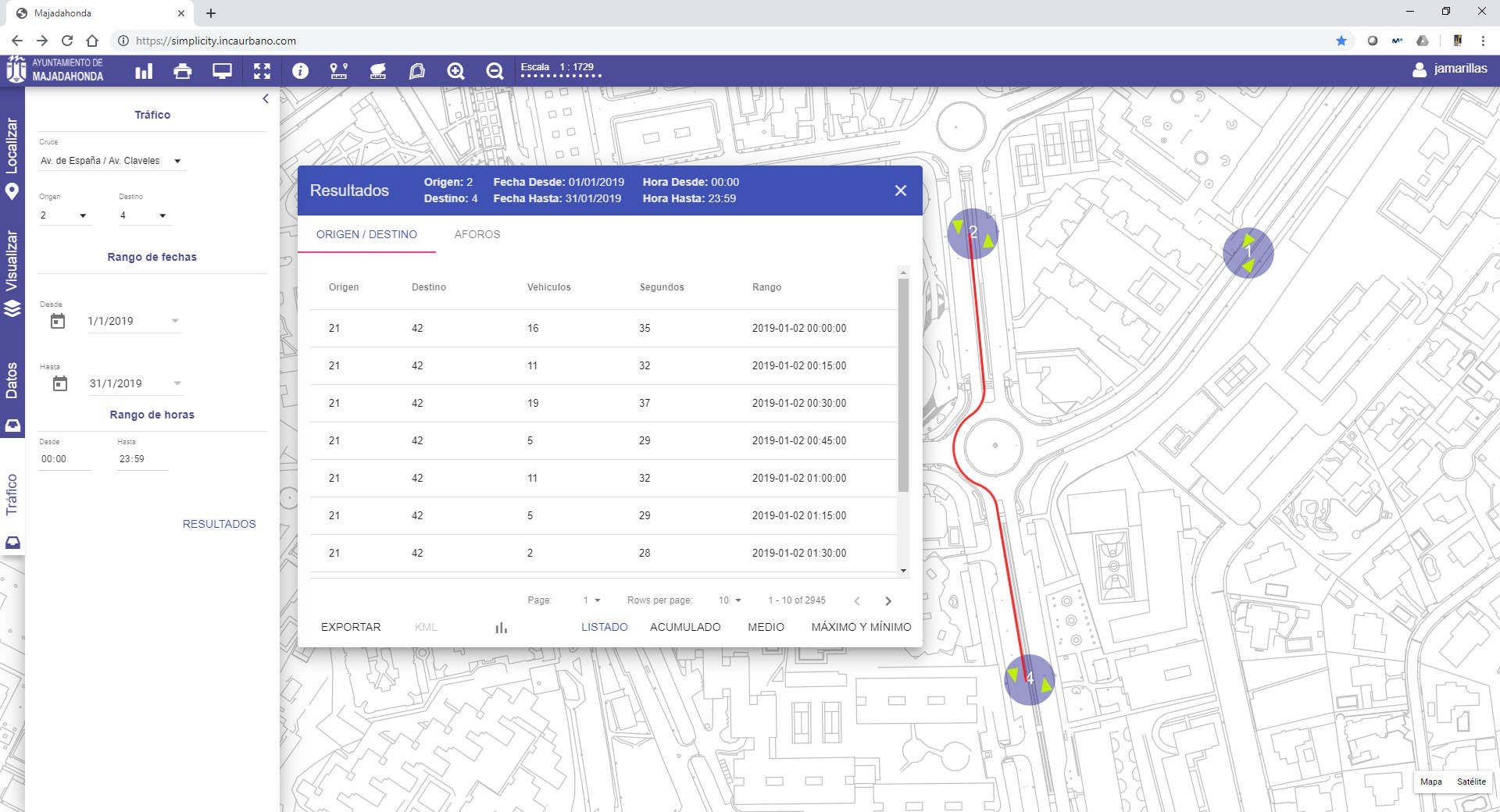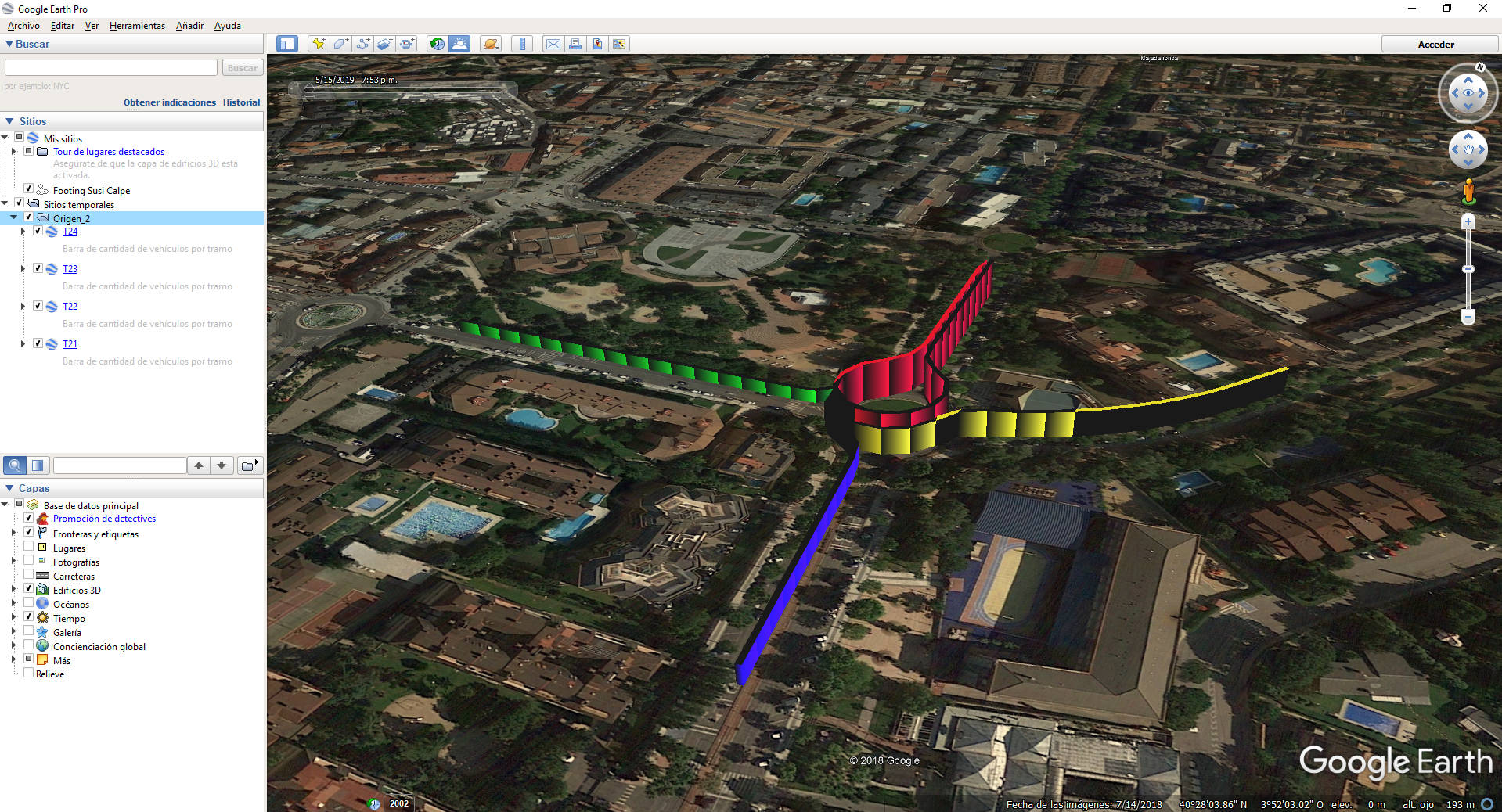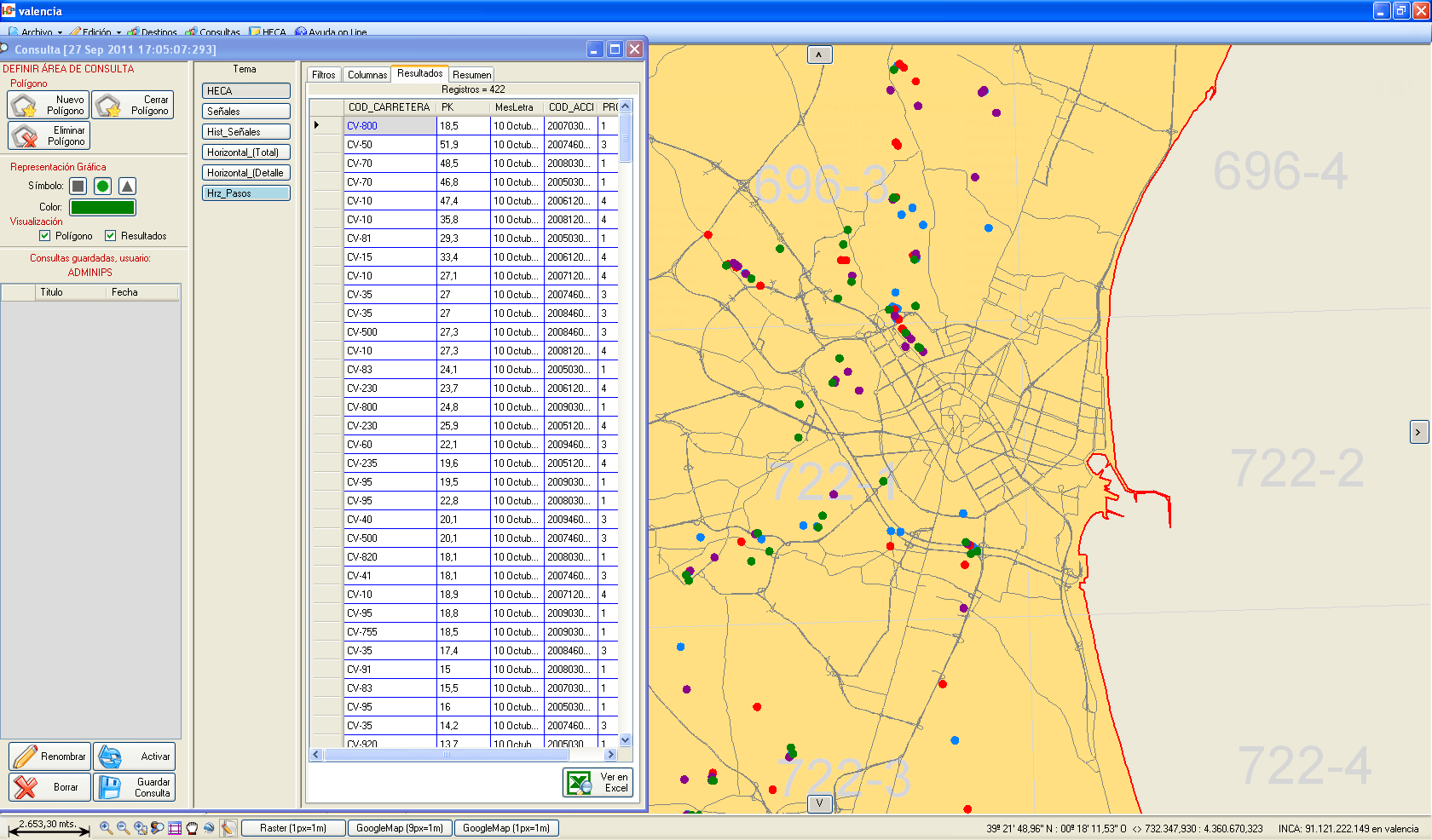IPS Vial R&D&I Projects
CAMARIA Project
CAMARIA develops a cost-effective predictive maintenance tool, based on 3D cameras mounted on road surveillance vehicles, and AI modules to detect deficiencies in the road surface and identify road signs.
Learn from visual inputs to estimate future road degradation and create an up-to-date inventory of each type of traffic sign using a hierarchical approach.

e-Miles electric car
e-Miles is presented as an innovative, inclusive, and sustainable mobility solution. It is an expandable quadricycle, accessed from the front to facilitate entry for people with reduced mobility, and whose parts are manufactured using 3D printing. IPS Vial is collaborating with The e-Miles Company on the implementation of the e-Miles electric car prototype in various urban areas.
InCa RECON Project
The InCa Recon project's overall objective is to create an autonomous tool for identifying traffic signs and informational signs for efficient inventory and maintenance applications, as well as new value-added services. The main challenge facing the InCa Recon project is the creation of a set of hybrid algorithms based on various deep learning and image processing techniques to achieve this objective. This set of algorithms will constitute a complete technological solution for recognizing traffic signs and directional signs, a solution not currently available on the market or in the scientific literature.
APPARCCO Project
The Apparcco project has been co-financed by the Ministry of Science, Innovation and Universities within the State Plan for Scientific and Technical Research and Innovation, in the 2017 Challenges-Collaboration call. File identification no.: RTC-2017-6555-4
The APPARCCO project was born with the goal of creating a platform that implements a dynamic pricing policy for parking, taking into account pollution and traffic levels in different areas and developing a parking space monitoring system that meets the cost and accuracy requirements necessary for the definitive takeoff of this market. APPARCCO will reduce emissions and congestion in cities through a dynamic pricing policy for on-street parking, which will be communicated to users before the start of their journey via an app integrated into a sustainable parking platform. This app will generate precise occupancy information using a radio frequency system, incorporate air quality and traffic data, estimate future occupancy, and quantify the benefits obtained using business intelligence tools.
ALL IN ONE Project
The All In One project has been co-financed by the Ministry of Economy and Competitiveness within the state R&D&I program, Challenges-Collaboration 2016 call. File identification number: RTC-2016-5479-4
All-in-One has developed an integrated, low-cost, and comprehensive traffic monitoring platform. This platform includes a vehicle counting radar and a Bluetooth identifier based on an innovative hardware and software integration architecture. The data provided by this new traffic sensor will generate a new level of traffic information by providing combined vehicle counting and identification measurements, including absolute origin-destination (OD) matrices and weighted travel times. This represents a significant advancement because a traffic manager will not only know, for example, the percentage of vehicles that will arrive at a point on the network at a given time (traditional OD matrix) but also their exact number (absolute OD matrix). This new information will be used and presented on GIS systems such as InCa, which will represent it geospatially, and will also include advanced visual tools to achieve the highest level of expressiveness of its content.
Urbanet Project
The Urbanet project has been co-financed by the Ministry of Industry, Energy and Tourism, within the National Plan for Scientific Research, Development and Technological Innovation 2008-2011. File identification number: TSI-020100-2011-122
New paragraph URBANET: Integration of Information and Communication Technologies into Public Administration processes for the maintenance of urban infrastructure. The project's objective is to study the feasibility of a technological solution based on tablets and cloud computing to improve the efficiency of Public Administration processes for the management of urban elements. The objective is structured around the following main goals: Study of the capabilities of tablet devices for use as a field tool, and their differentiation from other mobile devices. Study of Public Administration processes and their adaptation for the use of tablets in fieldwork. Study of the possibilities of cloud computing and its use in a tablet-based solution for fieldwork. Study of the commercialization possibilities of tablet-based solutions for fieldwork. Implementation of a software tool on a tablet for a real-world fieldwork use case. As a general result, it is expected to lay the foundations for the development and commercialization of software tools for tablet devices, which will improve the processes of Public Administrations related to the management of urban elements by: Directly digitizing the information generated in the field, avoiding transcription errors, saving staff time, reducing paper consumption, and streamlining the updating of information in computer systems.
The Accident0 project falls within the framework of grants for projects and actions under the Strategic Action for Telecommunications and the Information Society, co-financed by the Ministry of Industry, Tourism and Trade, within the National Plan for Scientific Research, Development and Technological Innovation 2008-2011. File identification number: TSI-020100-2009-735










